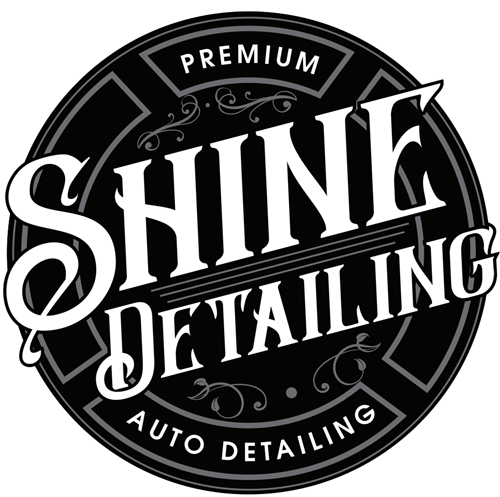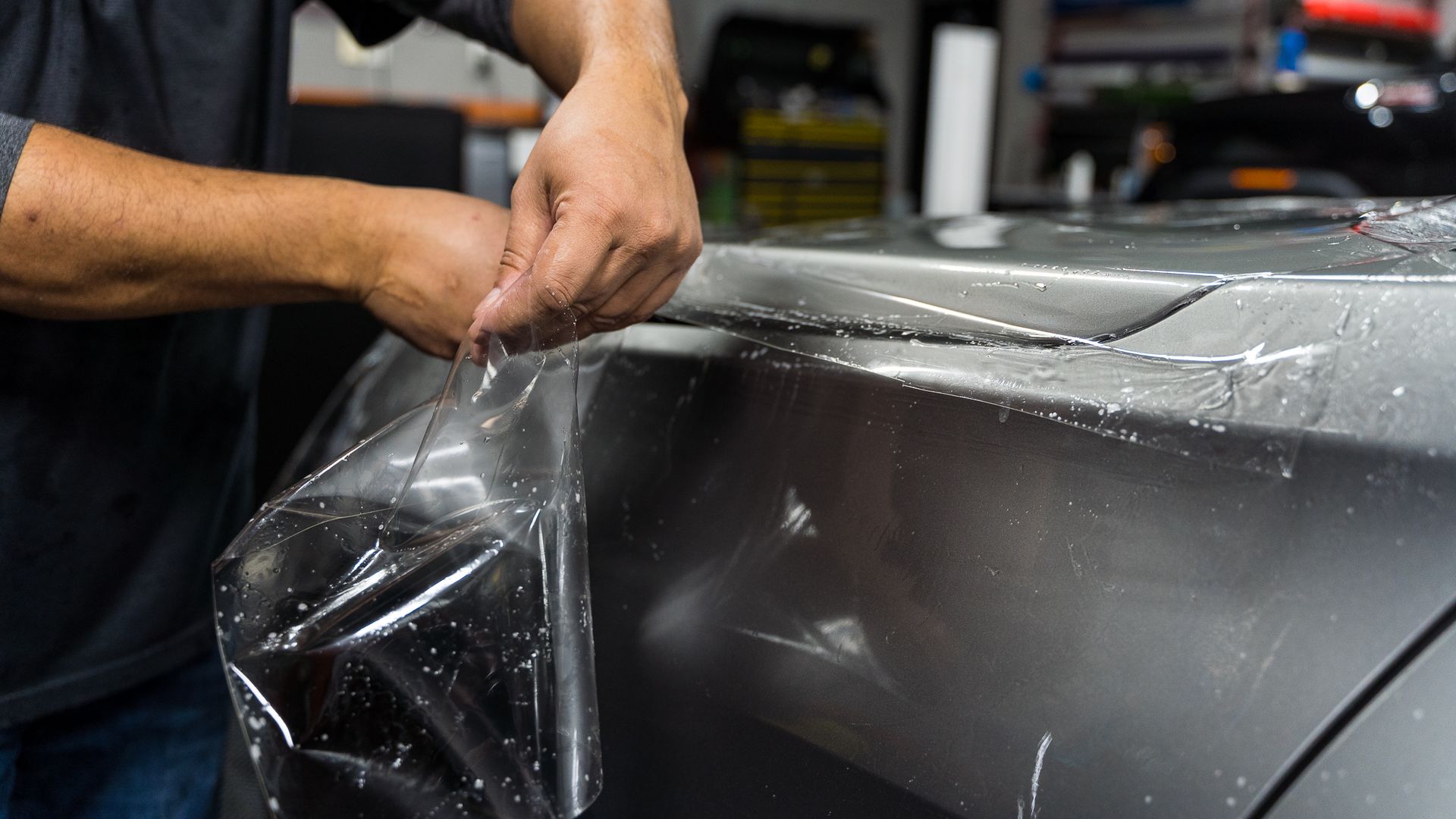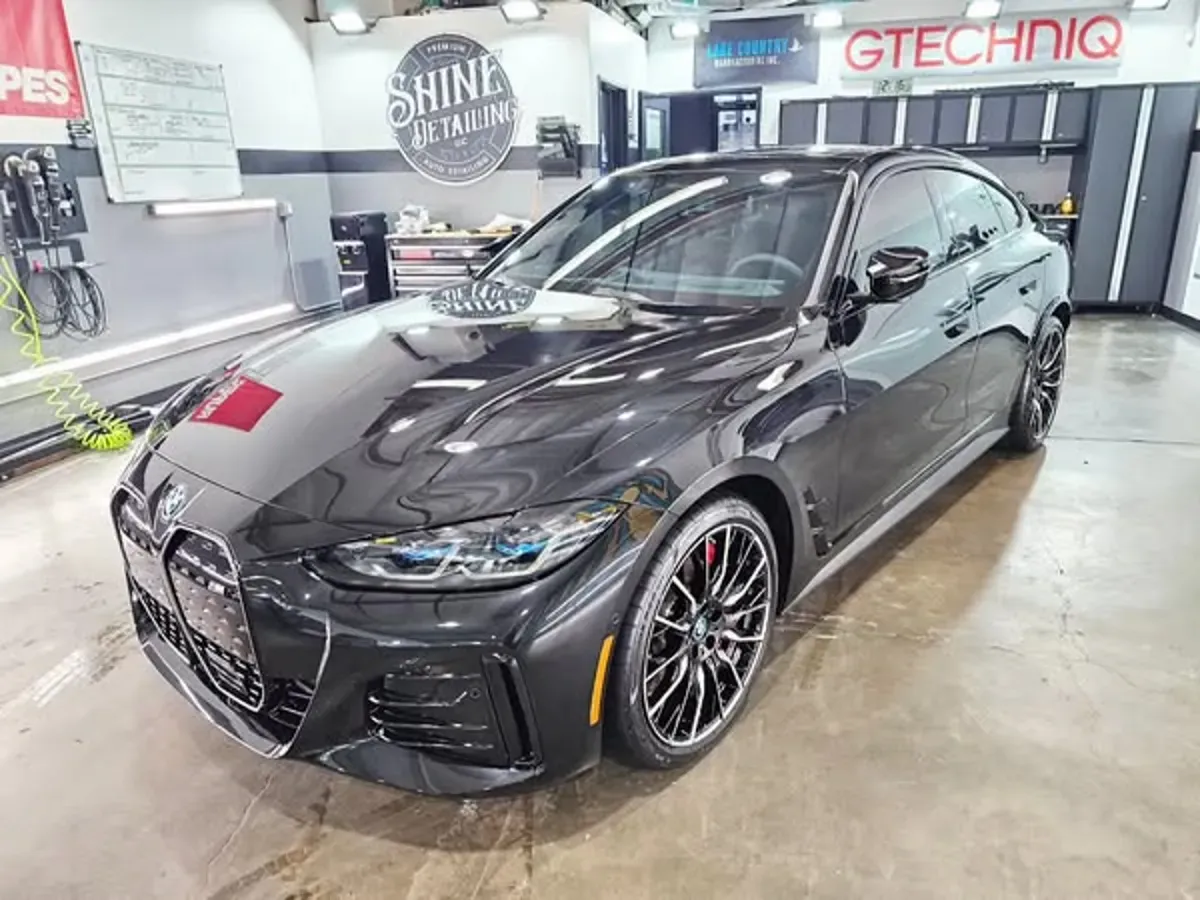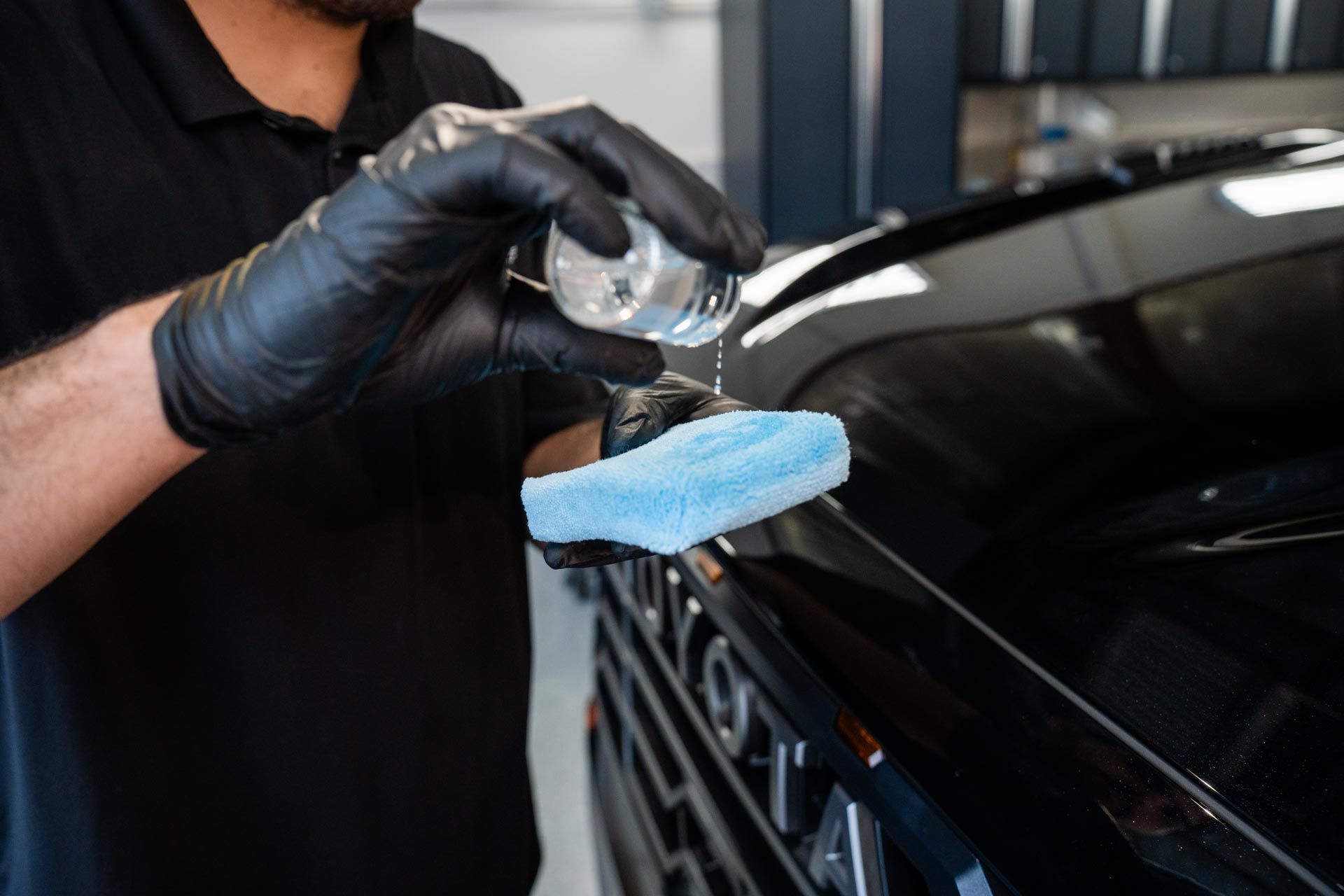How Long Does Ceramic Coating Take to Cure? Understanding the Process and Time
CALL NOW (714) 514-5956
Understanding how long ceramic coating takes to cure is key to ensuring your car gets the maximum protection and the best finish possible. Ceramic coating typically takes between 24 hours and 3 weeks to fully cure, with an average curing time of around two weeks for optimal performance. Proper curing is essential as it allows the coating to bond effectively with the vehicle's paint, providing enhanced protection against environmental elements.
How Long Does Ceramic Coating Take to Cure?
The curing time for ceramic coating can indeed feel like a waiting game. Generally, you’re looking at a range from 24 hours up to three weeks for complete curing, depending largely on the product you choose. This timeframe isn't just driven by chemistry; it’s influenced by several key environmental and procedural factors that you'll want to consider.
Temperature: Higher temperatures can accelerate the curing process, while extremely low temperatures may extend it significantly.
Humidity: Excess moisture in the air can slow down curing because it might prevent the coating from fully adhering.
Surface Preparation: Properly prepping the vehicle's surface before applying the coating allows for better adhesion, impacting how quickly and effectively the coating cures.
Product Quality: Different brands have variations in ingredients that affect cure time. Premium ceramic coating options might vary between 1 and 2 weeks based on their specific formulation.
It's important to remember that rushing the curing process can lead to subpar results. If you're anxious to see your newly coated vehicle shine, resist the temptation to wash or expose it to harsh conditions too soon.
Curing Environment Considerations
When applying a ceramic coating, creating a controlled environment is imperative. Ideally, work indoors where temperature and humidity can be managed more effectively. Keeping temperatures above 55°F (about 13°C) will typically yield better results, but each brand has its specifications you should follow closely.
After applying your ceramic coating, it's vital to keep an eye on conditions that could jeopardize its effectiveness. Dust and debris settling on the fresh coat during cure time can create imperfections you wish you had avoided. Additionally, protecting your freshly coated vehicle from rain or direct sunlight during this period helps ensure everything sets properly without complications.
Thinking ahead about post-curing care is part of achieving long-lasting results with your ceramic coating.

Key Factors Influencing Curing Time
The curing time of ceramic coatings relies heavily on environmental conditions. The most common factors influencing ceramic coating curing time are:
Temperature
One of the most influential aspects is temperature. When the temperature rises within an ideal range, typically between 60°F and 80°F, the curing process accelerates, allowing the ceramic’s complex chemical reaction to take place more efficiently. However, be cautious—exposing your vehicle to extreme heat can disrupt this delicate balance, causing uneven curing or defects.
Environmental Conditions
Temperature is paramount, but it's not the sole player in this field. Humidity levels also significantly influence how quickly a coating cures. High-humidity environments tend to slow down the evaporation rate of solvents within the coating mixture. If you're working in conditions where humidity exceeds 60%, you could face prolonged curing times, which might affect the overall quality of the finish. Instead, aim for moderate humidity levels around 40% to 60% to strike that perfect balance between rapid evaporation and adequate bonding.
Storage Environment
The storage environment of your vehicle during the curing process cannot be overlooked. Ideally, keep your freshly coated vehicle indoors in a clean and dust-free garage. This is crucial because even the tiniest speck of dust can ruin an otherwise flawless finish as it settles onto the coating while it cures. A clean space effectively minimizes contamination risks and contributes to uniform adhesion across the surface of your vehicle.
Proper ventilation is equally important during this phase. Ensuring that air can circulate helps maintain a comfortable temperature while promoting solvent evaporation post-application.
Identifying a Fully Cured Coating
Knowing when your ceramic coating has fully cured can save you from premature exposure to elements, which is essential for maintaining the integrity of the finish on your vehicle. The curing process can take anywhere from 24 hours to several weeks depending on various factors, including environmental conditions and the type of ceramic product used. To ensure that you've achieved proper curing, there are specific indicators to look out for.
Visual Inspection
A significant component in identifying a perfected cure is a visual inspection. A fully cured coating typically exhibits a smooth, glossy finish devoid of streaks or patches. This means that if you notice any hazy spots or unevenness on the surface, it may not yet be fully cured. However, keep in mind that visual cues alone might not be enough to confirm the durability of your coating.
Water Behavior
Conducting a water test is a useful way to gauge the effectiveness of your ceramic coating. Lightly spraying a mist of water onto the surface can reveal whether your vehicle's coating is functioning as intended. A fully cured ceramic coating will showcase excellent hydrophobic properties; this means water beads up into droplets and rolls off effortlessly instead of spreading out flat across the surface. If water clings stubbornly instead, you might need to reassess the curing time or application quality.
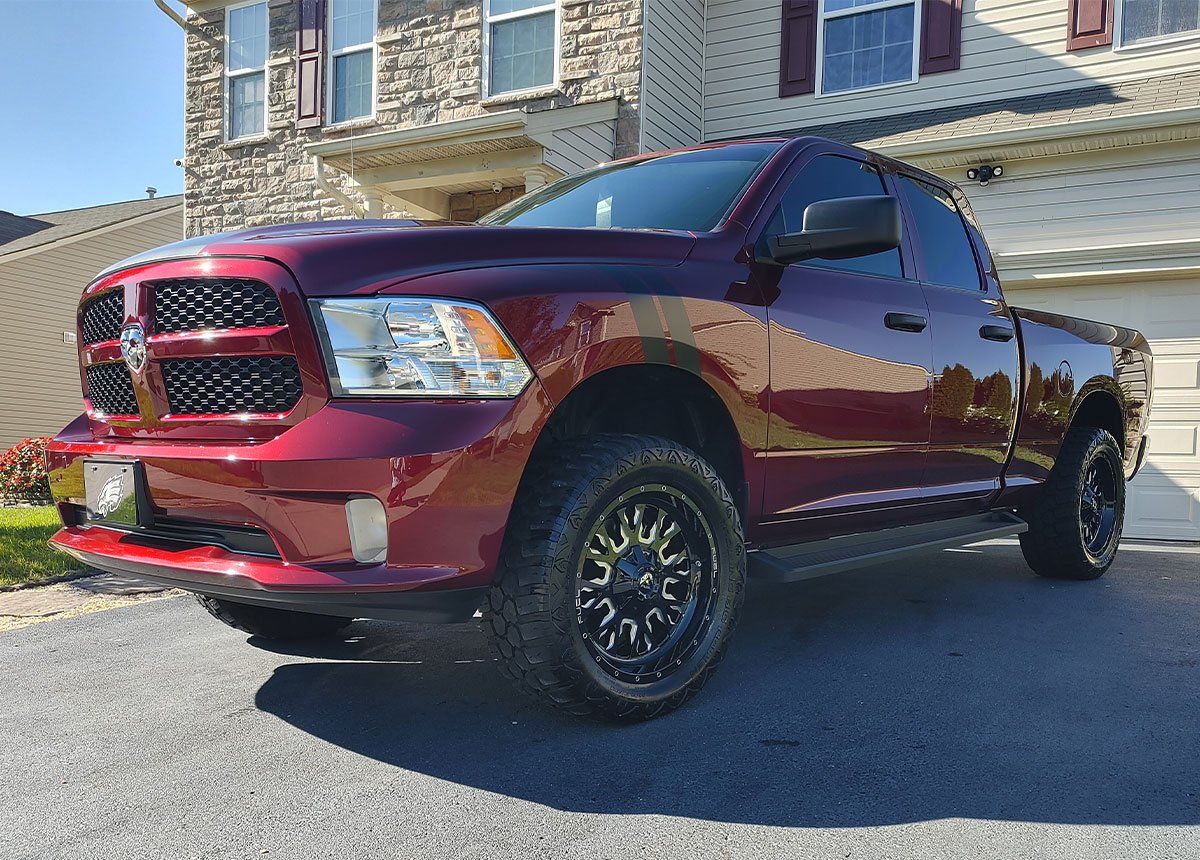
Advantages of Letting Ceramic Coating Cure Fully
Allowing a ceramic coating to cure fully delivers several key benefits that enhance not only the protection of your vehicle but also its aesthetic appeal. One of the primary advantages is maximized durability. When a ceramic coating has had enough time to reach its full cure, it forms an incredibly strong bond with the vehicle’s paint. This bond creates a fortified layer that significantly increases resistance to wear and tear.
Enhanced Protection
A fully cured coating vastly improves the protection your vehicle receives. Not only does this hardened shield stand up to environmental threats like UV rays and chemical contaminants, but it also combats everyday occurrences such as bird droppings or tree sap. These pesky substances can wreak havoc on an unprotected surface, causing lasting damage if not attended to quickly. At Shine Detailing, we prioritize this factor; our expert application techniques ensure optimal curing conditions, resulting in superior layering against these common hazards.
Improved Appearance
Another remarkable advantage lies in how full curing affects the vehicle's appearance. Achieving a complete cure not only produces a richer and deeper gloss but also contributes to improved ease of maintenance. Picture this: after every wash, you notice how dirt effortlessly slips off the surface—this isn’t just fantasy! The glossy finish created by proper curing ensures that grime doesn’t cling as stubbornly, allowing you to spend less time scrubbing and more time enjoying your freshly detailed ride.
Best Practices for Proper Curing
Adhering to certain best practices ensures effective and efficient curing of ceramic coatings, allowing you to enjoy their long-lasting benefits. One crucial aspect is maintaining a controlled environment. This means curing your vehicle in a temperature-controlled indoor facility, avoiding extreme temperatures that can impede the bonding process. Ideally, aim for an environment free of dust and contaminants, as these elements can interfere with the coating settling properly.
When it comes to avoiding exposure, keep your vehicle away from water, dust, and direct sunlight during the initial 24 to 48 hours post-application. The first day or two are critical; rain and moisture can severely affect the integrity of the curing process. Imagine spraying a fresh coat of paint only to let it get soaked—this concept also applies here. Ensure that no unexpected showers interrupt your coating's application.
Monitoring progress closely plays an important role in ensuring optimal results. This involves regularly checking the temperature and humidity levels within your curing environment and making adjustments as necessary.
Finally, opting for expert services can make a world of difference when it comes to ceramic coatings. Choosing a professional service from Shine Detailing guarantees that all these best practices are mastered and adhered to meticulously. With trained technicians who understand each coating type's nuances, you can rest assured that your vehicle will receive the perfect application and curing treatment it deserves. Remember, ceramic coatings not only protect but also enhance the aesthetic appeal of your vehicle—so don’t leave anything to chance!
To ensure longevity and effectiveness in ceramic coatings, following these best practices is essential. For unparalleled service, reach out to us at Shine Detailing or call us at (714) 514-5956 today!
about us
Located in the scenic city of Yorba Linda, CA, Shine Detailing, an esteemed member of the International Detailing Association (IDA) since 2018, stands as a testament to superior vehicle detailing services. Founded in 2013 by a vehicle enthusiast, Kelly Johnson, with an enduring passion for vehicle detailing traced back to their childhood. Shine Detailing is dedicated to providing a comprehensive array of services, including ceramic coating, paint correction, paint protection film, window tint, and detailing. Harnessing the skills of experienced technicians and high-quality products, the company ensures absolute care and attention to all types of vehicles. A firm believer in the mantra, Never Too Dull To Shine, Shine Detailing is the go-to company to transform any vehicle into a radiant reflection of its owner.
OUR LOCATION
22343 La Palma Ave, Suite 110
Yorba Linda, California, 92887
United States
SOCIAL MEDIA

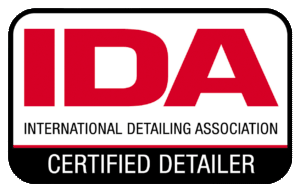

Trained Specialist
HOURS OF OPERATION
Monday- Friday
5:00 a.m. - 4:00 p.m.
Saturday & Sunday
CLOSED
CONTACT US
PHONE: (714) 514-5956
EMAIL: info@shinedetailingllc.com
Shine Detailing was designed by the team at Detailers Roadmap, a platform developed for detailing operators across the globe.
All Rights Reserved | 8bitcreative, LLC | SHINE DETAILING
